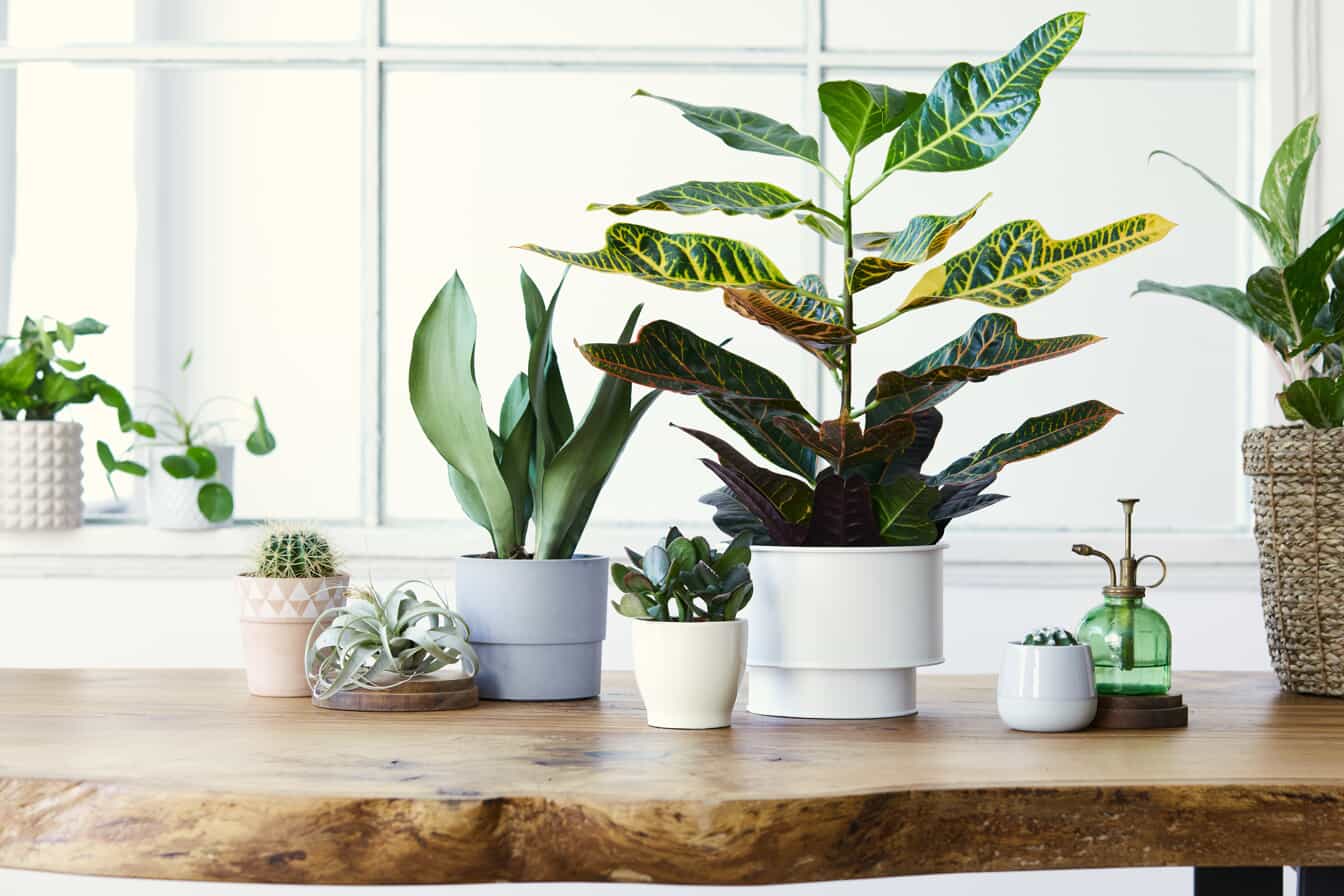Household Disinfection: How Much Disinfecting Is Too Much?
Making sure your home is safe and healthy—and keeping it that way—is on everyone’s mind these days. To achieve and maintain a healthy home, both cleaning and disinfecting are necessary and important. Cleaning and disinfecting are often used interchangeably, but these two words actually have different and distinct meanings and functions.
Cleaning physically removes dust, dirt, and soil from surfaces, often taking away some germs in the process and reducing the amount of pathogens present. However, cleaning does not fully disinfect the surface—that is, germs are still present and viable. When it comes to disinfecting, it’s important to consider how frequently it should be done and how much disinfectant should be used to effectively kill germs. Below, Merry Maids® has compiled some guidelines to help you determine when household disinfection is too much—or not enough.
Did you know Merry Maids® offers enhanced disinfection services? Call (888) 490-4227 to request an estimate.
Regularly Disinfect High-Touch Surfaces
How often should you disinfect your home? First you need to determine which surfaces require disinfecting. The Center for Disease Control (CDC) recommends disinfecting surfaces considered “high-touch” on a regular basis. High-touch surfaces are those with which you and your family make frequent contact, like light switches, door knobs, counter tops, faucets, remote controls, and other things of that nature. Once you know your high-touch surfaces, you can decide what a “regular basis” means in your home. This can depend on your environment, how often you and your family come into contact with people or places outside your home, and how often your family touches those high-touch surfaces.
The purpose of disinfecting high-touch surfaces is to break the chain of infection by eliminating pathogens from the surfaces where you and your family are most likely to come into contact with them. This is important to remember. Scientifically speaking, disinfecting high-touch surfaces breaks the chain of infection by killing 99.9999% of pathogens, reducing or eliminating their ability to multiply and therefore reducing the risk of transmission via touch.
Proper, Effective Use of Disinfectants
Since pathogens can reside on surfaces and multiply, you might think using even more disinfectant across the entire home should reduce the risk of infection even further, right? False! Though it is true that cleaning and disinfecting can drastically reduce the amount of pathogens on surfaces, you should consider the following questions before embracing a more-is-better approach.
How frequently is the surface touched by someone’s hands?
We’ve already discussed the CDC’s recommendations for thoroughly cleaning and disinfecting high-touch surfaces. However, for areas that are not frequently touched, the CDC recommends regular cleaning with soap and water. It’s not usually efficient or economical to disinfect areas like walls, ceilings, the top of the refrigerator, baseboards, etc. The International Scientific Forum on Home Hygiene (IFH) lists those “low-touch” areas as having the lowest risk of infection. By limiting disinfection to only the surfaces most likely to contribute to disease transmission, you reduce the risk of misusing the disinfectant, as well as reducing the cost of maintaining a safe and healthy home.
What or who comes in contact with that area?
While it’s important to consider the frequency of contact when determining surfaces to disinfect, it is also important to consider what comes into contact with the areas being disinfected. The CDC specifically warns against using disinfectant on any surface a child may put in their mouth. Additionally, when disinfecting areas where food is prepared or consumed, it’s vital to carefully follow the instructions on the label. Most disinfectants require rinsing food-contact surfaces with potable water once the proper dwell time has been met—check the label of the disinfectant you’re using to see if rinsing is required.
What are the potential hazards of the type of disinfectant being used?
Not all disinfectants are created equal, in neither their chemistry nor their application. Just because a disinfectant kills germs doesn’t mean it won’t also kill something else, such as “good” bacteria, plants, or even pets. Harsher disinfectants like bleach or peroxide can cause damage to the human body, as well as to the surfaces on which they are applied. Quat-based disinfectants are less dangerous than bleach or peroxide but still come with hazard risk. Therefore, it is highly important to know what kind of disinfectant you are using or is being used in your home, along with the associated hazards.
The application of a disinfectant can also pose health risks. Whole-home applications like fogging introduce the disinfectant as micro-droplets into your home environment. Those micro-droplets can easily be inhaled into the lungs by anyone present at the time of application, including pets.
A clean and healthy home has never been more important to the health and safety of your family, but by understanding how and when to properly disinfect, you can help ensure your healthy home doesn’t turn in to a health hazard.
Are you looking for expert help in keeping your home clean? Contact Merry Maids® today to request a free estimate on our services, and read more about how we’ve further enhanced our safety protocols.




